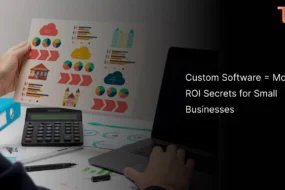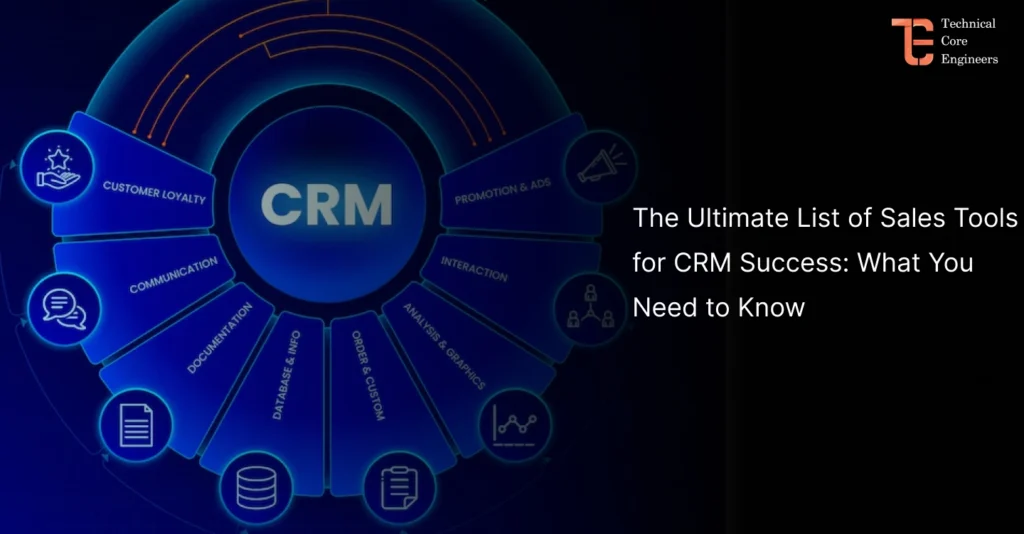
Ten years ago, CRM software was just a glorified contact list. Today, Sales Tools for CRM Success a battlefield of features, AI promises, integrations, and endless dashboards. Every week, I get ads for tools that promise to revolutionize how I sell. However, most fail to deliver. Some promise 10x outreach. Meanwhile, others claim to replace my job entirely with artificial intelligence.
And as a Business Development Executive (BDE) in a fast-paced IT company, Over time, I’ve tested more of these tools than I care to admit. Some, however, have saved me hours. In fact, they’ve reshaped my workflow. Others, frankly, wasted them.
In this post, I’ll take you behind the scenes of my actual CRM workflow:
- What tools I rely on daily
- Which ones I tried and dumped
- And what really moves the needle when it comes to getting new clients and growing revenue?
To be clear, this is not a fluff piece. Moreover, there are no affiliate links or sponsors. Above all, just the honest truth from someone in the trenches.
🧠 My CRM Philosophy: Building Sales Tools for CRM Success
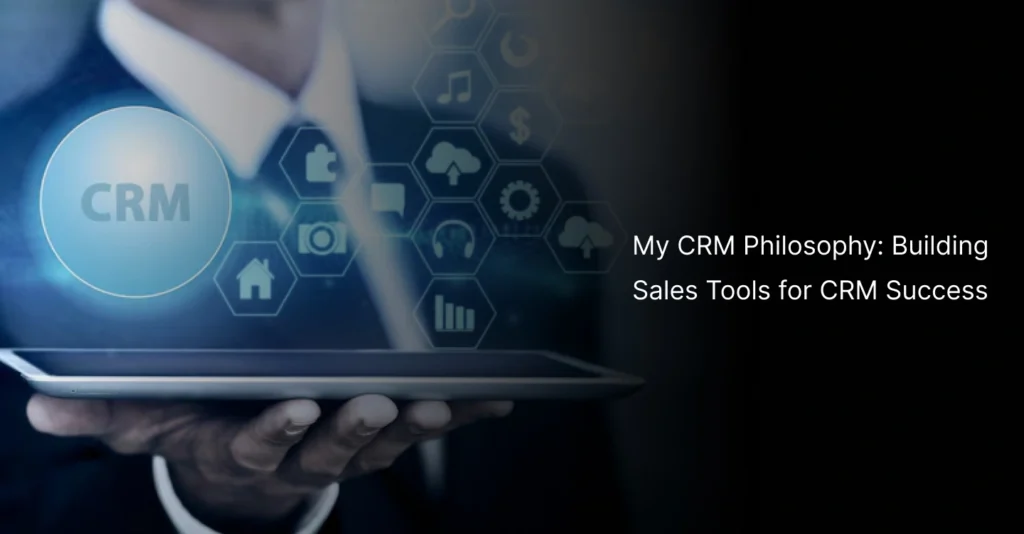
Let’s get one thing straight first: your CRM is not just a system. In essence, it’s your brain in digital form.
Every note, every reminder, every deal stage—it’s, in fact, a mirror of how you think, work, and sell. If your CRM is disorganized, then I’ll bet your pipeline is, too. Moreover, if you never check it, you’re probably not following up enough. In short, your CRM is your second brain, and it should work with you, not against you.
That’s why choosing the right sales tools for CRM success matters more than ever.
🧰 The Core CRM: HubSpot and the Key Sales Tools for CRM Success
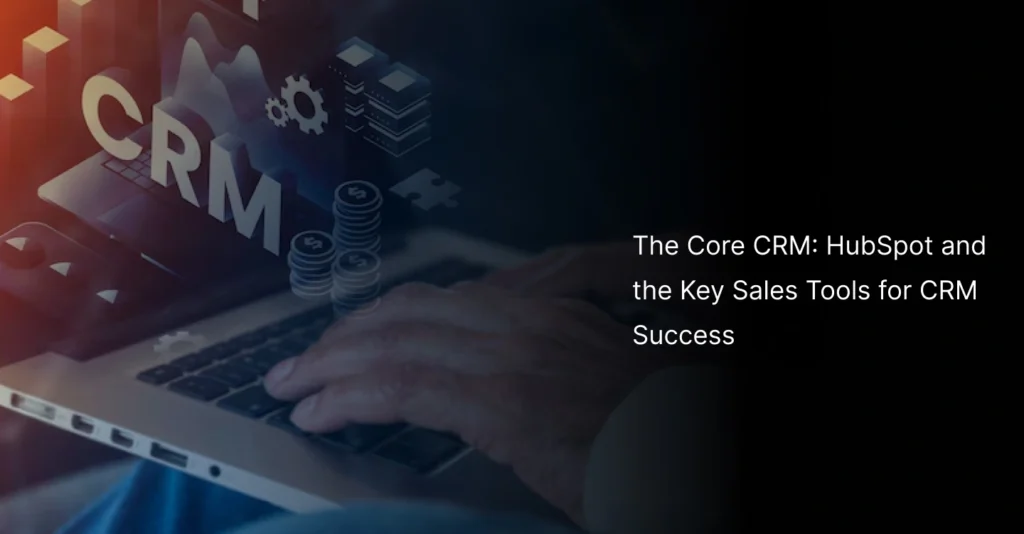
Over the years, I’ve tried Zoho, Salesforce, Pipedrive, and even built a DIY Airtable CRM at one point (never again). However, for my current workflow, HubSpot hits the sweet spot between powerful and usable.
✅ What Works:
- Clean pipeline views: I can see exactly where each deal is, who’s responsible, and what’s blocking it.
- Email integration is key. Specifically, HubSpot automatically logs all emails, so I never forget who said what.
- Snippets & templates are incredibly helpful. For example, they save hours every week on writing intros and follow-ups.
- Sequences: For instance, I use this to schedule touchpoints across 10–14 days automatically. As a result, my follow-ups are consistent and timely.
- Lead scoring is a game-changer. In particular, it helps prioritize high-intent leads (like those who visited pricing pages).
🚫 What’s Overrated:
- Although chatbots and playbooks seem helpful in service sales, buyers want expertise—not a bot. Unless you’re selling SaaS at scale, skip it.
- However, the AI email writer often spits out generic, obvious content. In my experience, my cold openers perform better when they’re handcrafted.
Pro Tip: If your CRM feels overwhelming, chances are, it’s too complex. Instead, simplify your pipeline stages. That way, you focus only on what helps you close.
🔍 Lead Generation & Research: The Secret Sauce for Sales Tools for CRM Success
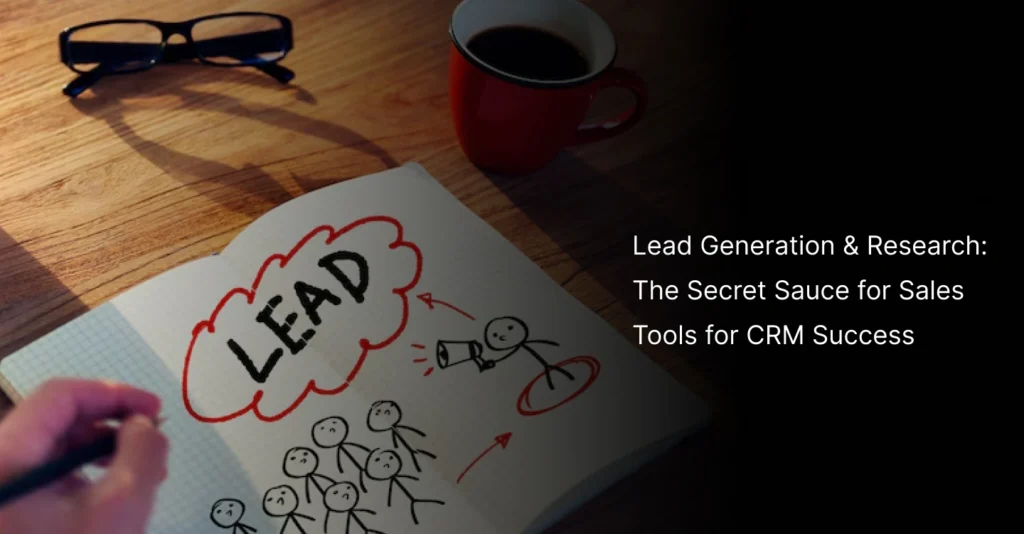
Typically, this is where most BDEs burn time—hunting down the right people to talk to. Good leads save you hours. In contrast, bad ones waste your week.
My Winning Combo:
- Apollo: For pulling verified business contacts by filters like tech stack, geography, funding, or title. Clean data and less bounce risk.
- Clay: This one is a hidden gem. It’s a data enrichment and automation platform I use to:
- Enrich domains with hiring activity
- Auto-score leads by ICP fit
- Combine multiple data points (LinkedIn, Crunchbase, company site) in one place
- LinkedIn Sales Navigator remains unbeatable. Specifically, it’s the best tool for understanding buyer context.
🚫 What’s Hype:
- Lead scraping tools: I’ve tested 5+ Chrome extensions promising “leads at scale.” Unfortunately, most were either outdated, sketchy, or got my LinkedIn restricted.
- AI lead scoring: It’s only as good as your inputs. Until your company has thousands of leads/month, it’s faster to score manually.
Real Insight: Tools don’t replace intuition. That said, Even so, I still glance at each lead’s LinkedIn profile before messaging. Those 15 seconds make a big difference.
If you’re wondering when to focus on cold outreach versus nurturing warm leads, check out our detailed guide on Cold Outreach vs. Warm Leads: The Best Way to Skyrocket Sales to help refine your approach.
💬 Communication Tools for CRM Success: Winning Meetings

Automation is fine—but nothing replaces personalized, frictionless communication. Here’s my current stack:
✅ Tools I Use Weekly:
- Calendly: I embed this in nearly every cold or warm outreach message. As a result, prospects love booking on their own time. find out how it works at calendly.com
- Loom: My #1 conversion booster. Typically, I send short, custom walkthroughs of proposals or intro videos after a good call. Consequently, it feels like I’m in the room with them.
- Slack (Shared channels): In contrast to short-term outreach, with long-term clients, I use shared Slack channels instead of emails. As a result, this transparency and speed build massive trust.
🚫 What Doesn’t Work:
- AI video generators: Yes, they let you say “Hi, John” automatically—but it’s obvious. That’s because people prefer real humans.
- Too many automation layers? In that case, your stack is probably too bloated if it takes 4 tools to send one message.
What Helped Me Most: Keep your tone natural, not overly “salesy.” A human tone + a great offer > automation 10x.
📣 Outreach Tools for CRM Success: Email That Doesn’t Land in Spam
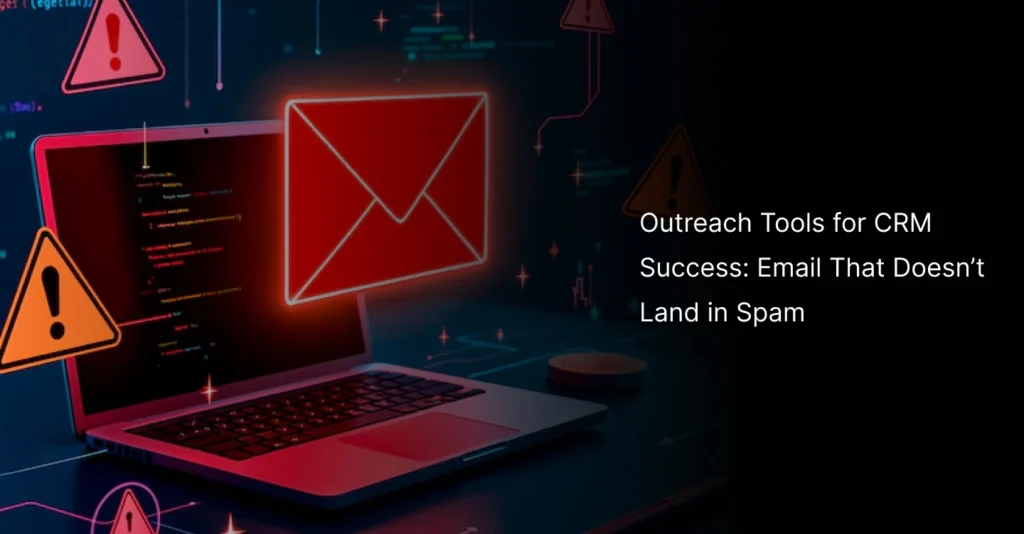
Email is still gold. Moreover, in other words, to put it simply, consequently, cold email works if your offer is strong and your targeting is sharp.
✅ My Setup:
- Instantly.ai: I run 3 inboxes on rotation to keep my domain reputation high. Great UI and analytics.
- Lemwarm (optional): Helps warm up new inboxes slowly to avoid spam traps.
- Plain-text emails: Therefore, I avoid banners and logos—just value. Gets the best open and reply rates.
🚫 Avoid These:
- Over-stylized templates: Looks like marketing, not a human.
- AI “icebreakers”: Often weird and tone-deaf. Personalization > automation
📊 Tracking & Analytics: Simplicity in Sales Tools for CRM Success
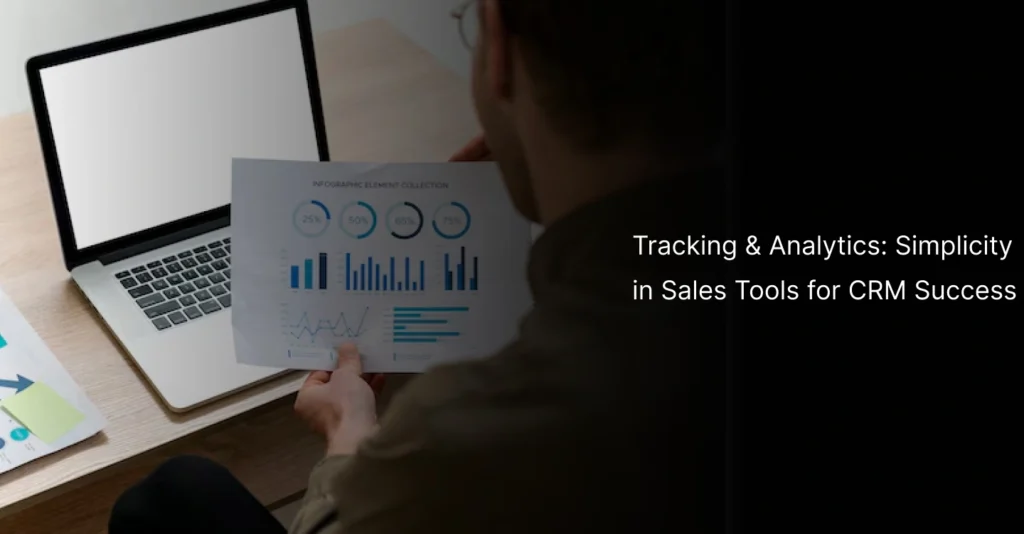
Frankly, you don’t need 12 dashboards to know if you’re performing.
✅ What Works:
- I use Notion CRM for weekly goals, notes, and retrospectives. In addition, it helps me stay aligned on strategy.
- Google Sheets works great for quick analysis. More importantly, it gives me instant insight into outreach performance, reply rates, and deal velocity.
- Pipeline review every Friday: 30-minute session to ask:
- What’s stuck?
- What’s at risk?
- What should I fast-track?
🚫 What’s Useless:
- “Revenue forecasting” tools for early-stage teams: Most of the time, your pipeline is too dynamic. Consequently, fancy projections don’t mean much.
Pro Tip: Simplicity wins. Above all, use tools that you actually open every day.
📝 Old-School Bonus: My Physical Notebook in CRM Success

I know, I know. Nevertheless, writing things down by hand helps me retain critical insights.
I track:
- Sales objections and how I answered them
- Features clients care about the most
- Names of key decision-makers in each account
- Little “aha” moments from calls I’d otherwise forget
💡 Key Lessons After Years in the Field: Sales Tools for CRM Success

- A tool is only as good as your inputs. Simply put: garbage in, garbage out.
- Therefore, buy tools based on your process—not the hype.
- Simply put, if it doesn’t save time or help close deals, cut it.
- In other words, test in weeks and commit in months. Don’t give up on a tool after 3 days—but don’t stick with it for 6 months if it’s not helping.
- Your CRM isn’t a replacement for hustle. Rather, it’s fuel for it.
✋ Final Word: Tools Don’t Close—You Do
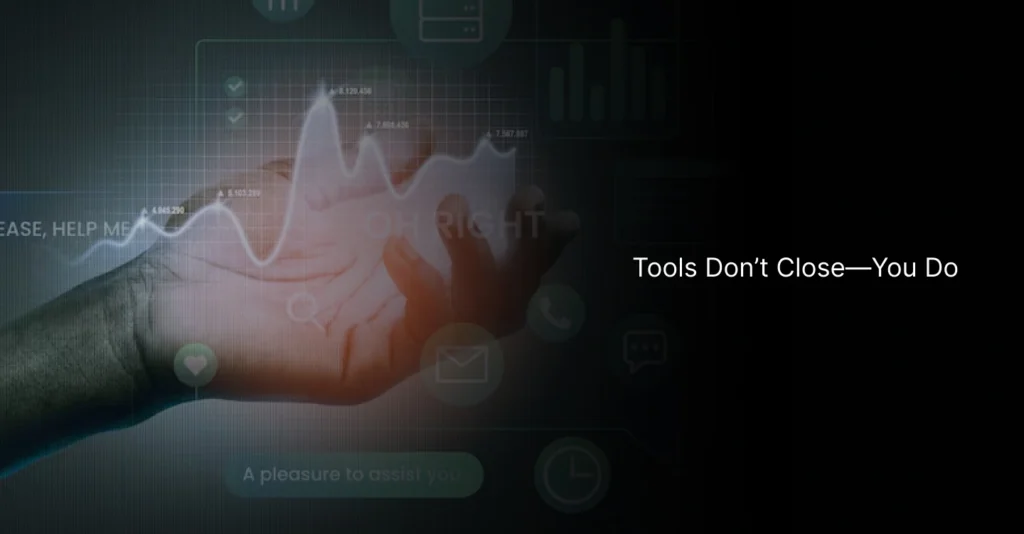
Here’s the truth no tech vendor will tell you:
Ultimately, no tool can replace grit, curiosity, follow-up, and genuine care.
Yes, the right stack helps. But the real secret weapon? You.
Your persistence, empathy, storytelling, and ability to actually listen to a client’s pain points. Without a doubt, that’s what moves the needle.
So yes, tweak your stack. In fact, keep experimenting and improving. But don’t get caught up in the “perfect CRM.” Get caught up in helping people solve real problems.
Have questions? Want to share your own stack? Let’s connect! Drop your favorite sales tools (or the ones that burned you) in the comments.


